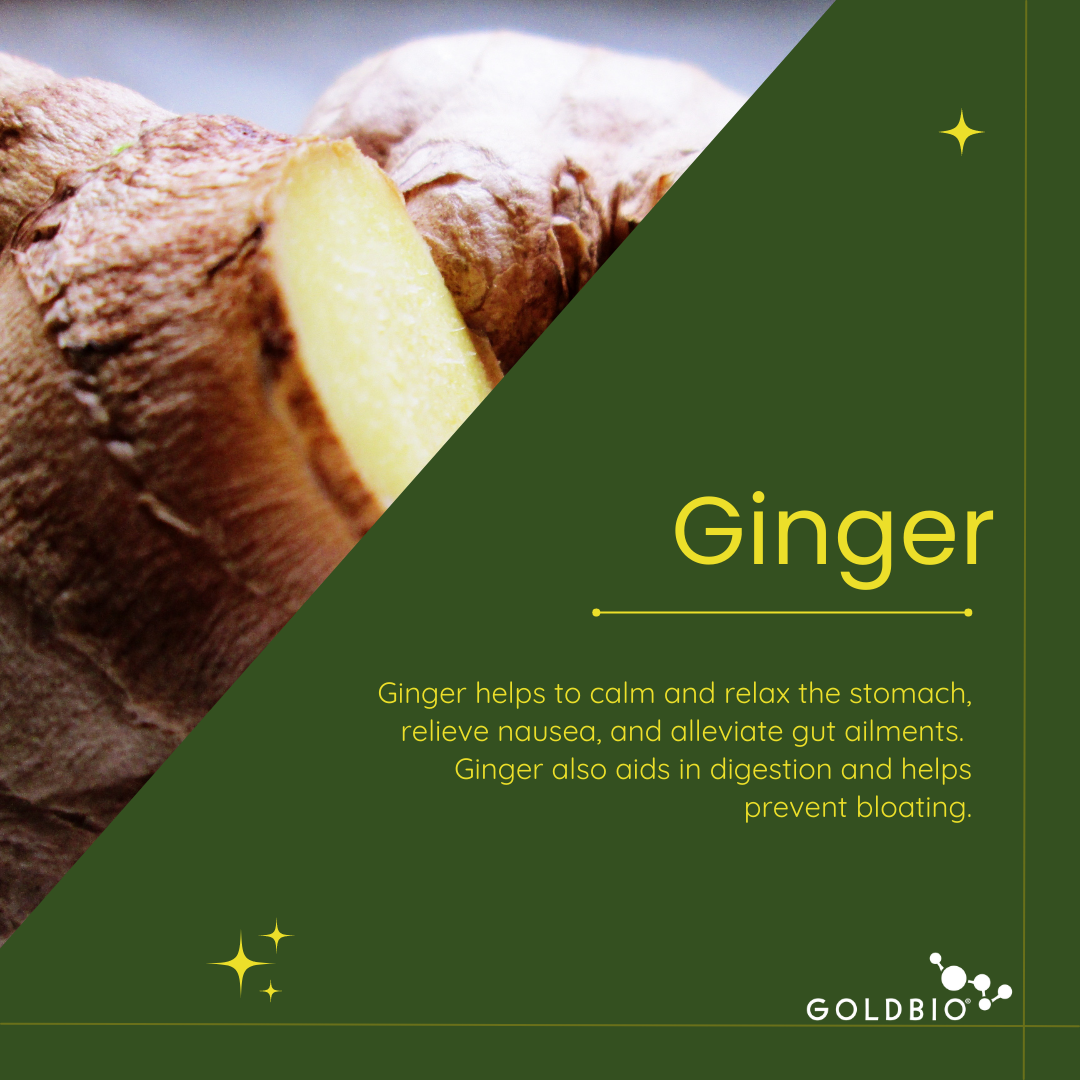Our guts cannot break down certain types of foods like fibers on its own. Bacteria residing in our colon have to ferment fibers to make these foods become digestible.
Essentially, what you eat is what microbes eat. So, your gut relies on these tiny microbes to digest food and prevent infection and inflammation.
Some foods called prebiotics, such as whole grains, onions, and soybeans, act as food for healthy bacteria. On the other hand, probiotics are foods like yogurt, which already contain good bacteria.
Microbiome research is just revealing at the molecular level how microbial machinery works to break down fibers into small sugars.
This article dives into three questions: what kind of fibers do microbes eat, how do the microbes break down these fibers, and what kind of foods store a high fiber content.
Gut bacteria ferments fibers when they reach your large intestines. This creates acids that feed cells in your intestines while helping to protect your gut from harmful bacteria.
In the gut, two bacterial phyla are vastly overrepresented, the Firmicutes and Bacteroidetes.
Both phyla can break down fibers. However, Bacteroidetes differ from the Firmicutes in their extraordinary ability to break down different types of carbohydrates because they harbor different enzyme classes, which matches our diet's variety of carbohydrate structures.
It has been reported that Bacteroidetes digest complex sugars known as xyloglucans. Xyloglucans are polymers made of glucose residues and xylose sugars. These sugars make up to 25 percent of the dry weight of dietary fruit and vegetables, including lettuce, onion, eggplant, and tomatoes.
Furthermore, researchers discovered a particular XyG utilization loci (XyGULs) that allows Bacteroidetes to carry out this function, and about 92% of the gut bacteria of these phyla harbor a variant of this gene.
Loci: Is the plural of locus, and a locus is a fixed and specific position on a chromosome where a particular gene is located.

Another study reported Bacteroidetes also process another type of sugar called arabinoxylans, which humans cannot digest on their own.
These arabinoxylans are polymers of two pentose sugars: arabinose and xylose. Some of these arabinoxylans contain ferulic acid, and Bacteroides can release large amounts of this molecule.
Ferulic acid has been shown to have antioxidant, immunomodulatory, and anti-inflammatory activities and protection against different disease conditions, including diabetes, Alzheimer's disease, microbial infections, cardiovascular disorders, and cancer.

But, how do these bacteria break down the fibers into small sugars? Researchers discovered something called polysaccharide utilization loci or PULs.
These PULs consist of a group of continuous genes (an operon system) responsible for sensing, binding, and discretely cleaving polysaccharides (Terrapon and Henrissat, 2014).
Essentially there are five steps to carbohydrate breakdown.
1. Recognition: where bacterial PULs bind to the polysaccharides.
2. Initiation: where bacterial PULs cleave at specific sites of the polysaccharide producing oligosaccharides.
3. Import: The oligosaccharides (two units of sugars together) are imported into the bacterial periplasm.
4. Regulation: The oligosaccharides are used as signals for transcriptional regulation inside the bacterium.
5. Depolymerization: The oligosaccharides are broken down into small or unitary sugars and delivered out of the bacterial cell.

Are you eating the right foods to help your good gut bacteria?
Although it is clear each human gut is different, there is a general recognition that some foods are enriched with fibers that act as food for the microbes in our guts.
Below are some of the foods that can activate our gut microbes





Keywords
Carbohydrates breakdown, PULs, gut microbiome, fiber foods.
References
Asnicar, F., Berry, S. E., Valdes, A. M., Nguyen, L. H., Piccinno, G., Drew, D. A., Leeming, E., Gibson, R., Le Roy, C., Khatib, H. Al, Francis, L., Mazidi, M., Mompeo, O., Valles-Colomer, M., Tett, A., Beghini, F., Dubois, L., Bazzani, D., Thomas, A. M., … Segata, N. (2021). Microbiome connections with host metabolism and habitual diet from 1,098 deeply phenotyped individuals. Nature Medicine, 27(2), 321–332. https://doi.org/10.1038/s41591-020-01183-8
BBC Food. (2022). What should I eat for a healthy gut? BBC Food. https://www.bbc.co.uk/food/articles/what_should_yo...
Berg, A. (2022). Gut bacteria help digest dietary fiber , release important antioxidant. ILLINOIS News Bureau.
Cristina Sáez. (2019). How to feed your gut microbiota with the fibers it needs. Gut Microbiota for Health, 1–7. https://www.gutmicrobiotaforhealth.com/en/how-to-f...
Cronin, P., Joyce, S. A., O'toole, P. W., & O'connor, E. M. (2021). Dietary fibre modulates the gut microbiota. Nutrients, 13(5), 1–22. https://doi.org/10.3390/nu13051655
Larsbrink, J., Rogers, T. E., Hemsworth, G. R., McKee, L. S., Tauzin, A. S., Spadiut, O., Klinter, S., Pudlo, N. A., Urs, K., Koropatkin, N. M., Creagh, A. L., Haynes, C. A., Kelly, A. G., Cederholm, S. N., Davies, G. J., Martens, E. C., & Brumer, H. (2014). A discrete genetic locus confers xyloglucan metabolism in select human gut Bacteroidetes. Nature, 506(7489), 498–502. https://doi.org/10.1038/nature12907
Myhrstad, M. C. W., Tunsjø, H., Charnock, C., & Telle-hansen, V. H. (2020). Regulation — Current Status in Human.
Pereira, G. V., Abdel-Hamid, A. M., Dutta, S., D'Alessandro-Gabazza, C. N., Wefers, D., Farris, J. A., Bajaj, S., Wawrzak, Z., Atomi, H., Mackie, R. I., Gabazza, E. C., Shukla, D., Koropatkin, N. M., & Cann, I. (2021). Degradation of complex arabinoxylans by human colonic Bacteroidetes. Nature Communications, 12(1). https://doi.org/10.1038/s41467-020-20737-5
Richter, A., & Rhone, N. (2022). 10 Foods This Nutritionist Eats That Support a Healthy Gut. Healthline.
Terrapon, N., & Henrissat, B. (2014). How do gut microbes break down dietary fiber? Trends in Biochemical Sciences, 39(4), 156–158. https://doi.org/10.1016/j.tibs.2014.02.005
Zelman, K. (2022). Best and Worst Foods for Gut Health. WebMD.
ZOE. (2022). What are the best foods for your gut bacteria ? ZOE.





